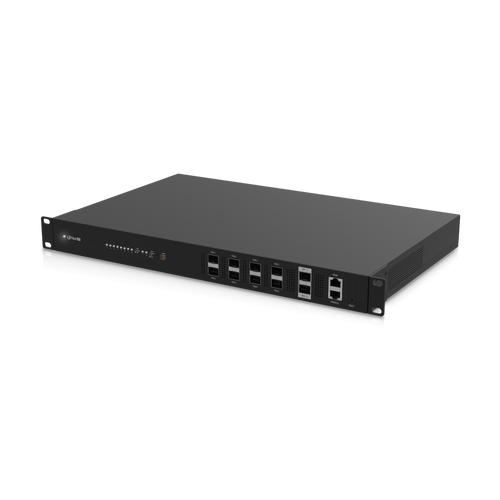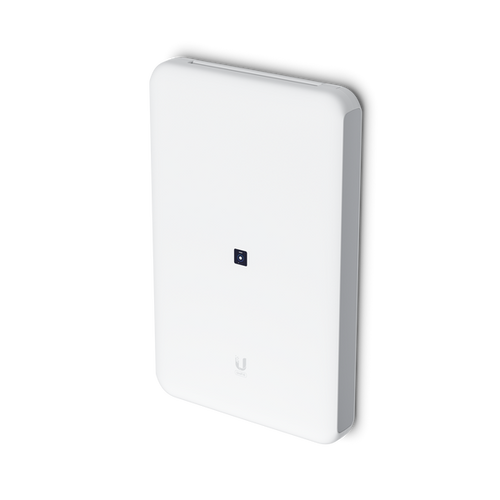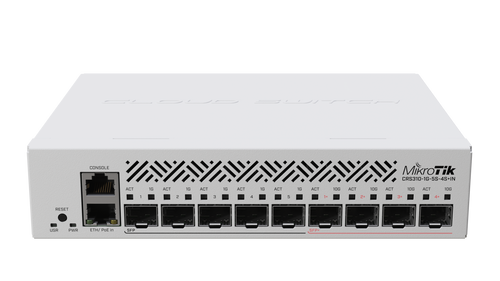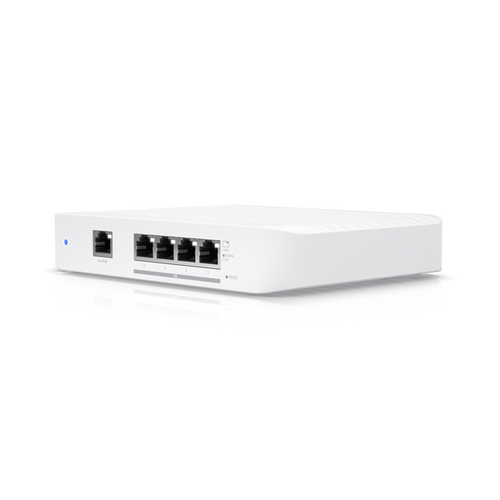-
Tycon Systems
SKU: TP-SW8GBT/AT/PSV-U
Tycon System 10 Port Manageable GigE Industrial PoE Network Switch, 8x 802.3at/bt PoE + 2x SFP/LC 2.5GHz Fiber + 1x Serial Console Port
$519.95Usually Ships in 48 Hours6 In Stock -

Tycon Systems
SKU: TP-SW8GAT/24-SFP
Tycon Managed 8 Port Industrial PoE Switch, 2 1Gb SFP, Ports 1-8 24/48V Passive or 802.3AT PoE, 30W
$489.00Usually Ships in 48 Hours8 In Stock -
 $89.008 In Stock
$89.008 In Stock -

Ubiquiti
SKU: UF-OLT
Ubiquiti UF-OLT UISP UFiber OLT Terminal
$1,899.00Usually Ships in 24 Hours145 In Stock -

Ubiquiti
SKU: UF-OLT-4
Ubiquiti UF-OLT-4 UFiber OLT 4 Optical Line Terminal
MSRP:$1,189.00$1,119.00Usually Ships in 24 Hours192 In Stock -

Ubiquiti
SKU: UDW-US
Ubiquiti UDW-US UniFi Dream Wall OS Console
$1,099.99Usually Ships in 24 Hours13 In Stock -

MikroTik
SKU: CRS504-4XQ-IN
MikroTik CRS504-4XQ-IN 4x 100 Gigabit QSFP28 Cloud Router Switch
MSRP:$799.00$740.00COMING SOON183 In Stock -

MikroTik
SKU: CRS310-1G-5S-4S+IN
MikroTik CRS310-1G-5S-4S+IN 5x Gigabit SFP 4x 10 Gigabit SFP+ Cloud Router Switch
$249.9912 In Stock -

Ubiquiti
SKU: UNVR--Pro
Ubiquiti UniFi UNVR-Pro Protect NVR Pro (No HDD)
$499.99Usually ship within 24 hs30 In Stock -

Ubiquiti
SKU: USW-Enterprise-8-PoE
Ubiquiti UniFi USW-Enterprise-8-PoE 8-Port 2.5GbE, 802.3at PoE+ 2-Port 10G SFP+ Layer 3 Switch
$635.99Usually Ships in 24 Hours5 In Stock -

Ubiquiti
SKU: USW-EnterpriseXG-24
Ubiquiti UniFi USW-EnterpriseXG-24 24-Port 10GbE 2-Port 25G SFP28 Layer 3 Switch
$1,798.99Usually Ships in 24 Hours28 In Stock -

Ubiquiti
SKU: USW-Flex-XG
Ubiquiti UniFi USW-Flex-XG Compact 4-Port Gigabit Layer 2 Ethernet Switch
$398.00Usually Ships in 24 Hours56 In Stock

